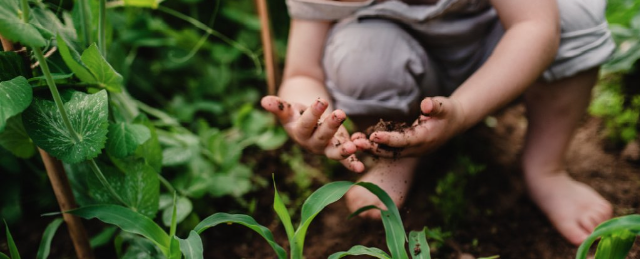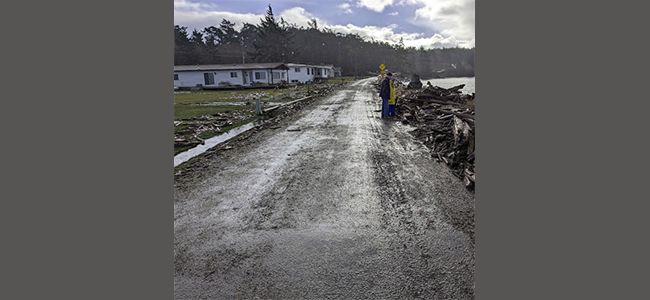||| FROM SCIENCE ALERT |||
Playing through the greenery and litter of a mini forest’s undergrowth for just one month may be enough to change a child’s immune system, according to an experiment in Finland.
When daycare workers rolled out a lawn, planted forest undergrowth (such as dwarf heather and blueberries), and allowed children to care for crops in planter boxes, the diversity of microbes in the guts and on the skin of the young kids appeared healthier in a very short space of time.
Compared to other city kids who play in standard urban daycares with yards of pavement, tile, and gravel, 3-, 4-, and 5-year-olds at these greened-up daycare centers in Finland showed increased T-cells and other important immune markers in their blood within 28 days.
“We also found that the intestinal microbiota of children who received greenery was similar to the intestinal microbiota of children visiting the forest every day,” explained environmental scientist Marja Roslund from the University of Helsinki in 2020, when the research was published.

One daycare before (left) and after introducing grass and planters (right). (University of Helsinki)
Prior research has shown early exposure to green space is somehow linked to a well-functioning immune system, but it’s still not entirely clear whether that relationship is causal or not.
The experiment in Finland was the first to explicitly manipulate a child’s urban environment and then test for changes in their microbiome and, in turn, a child’s immune system.
While the findings don’t hold all the answers, they do support a leading idea – namely that a change in environmental microbes can relatively easily affect a well-established microbiome in children, giving their immune system a helping hand in the process.
The notion that an environment rich in living things impacts on our immunity is known as the ‘biodiversity hypothesis’. Based on that hypothesis, a loss of biodiversity in urban areas could be at least partially responsible for the recent rise in immune-related illnesses.
“The results of this study support the biodiversity hypothesis and the concept that low biodiversity in the modern living environment may lead to an un-educated immune system and consequently increase the prevalence of immune-mediated diseases,” the authors explained in the 2020 study.
The study compared the environmental microbes found in the yards of 10 different urban daycares, looking after a total of 75 kids between the ages of three and five.
Some of these daycares contained standard urban yards with concrete and gravel, while others took kids out for daily nature time, and four had their yards updated with grass and forest undergrowth.
Over the proceeding 28 days, kids in these last four daycares were given time to play in their new backyard five times a week.
When researchers tested the microbiota of their skin and gut before and after the trial, they found improved results compared to the first group of kids that played in daycares with less greenery for the same amount of time.
Even in that short duration of the study, researchers found microbes on the skin and guts of children who regularly played in green spaces had increased in diversity – a feature which is tied to an overall healthier immune system.
Their results largely matched the second group of kids at daycares who had outings for daily nature time.
Among kids who got outside – playing in the dirt, the grass, and among the trees – an increase in a microbe called gammaproteobacteria appeared to boost the skin’s immune defense, as well as increase helpful immune secretions in the blood and reduce the content of interleukin-17A, which is connected to immune-transmitted diseases.









I love this!
Wasn’t there a “forest school” for kindergarteners here a few years ago? I would love to have sent my (now adult) children to such a school back in the day.
This is really interesting. I’ve read other similar reports of studies. My favorite is a book by Daphne Miller, MD, called Farmacology, published in 2013, I think. Currently, my neighbor’s preschoolers attend a ‘forest school’ on Orcas. I don’t know the details, but assume we can all benefit from playing in the dirt, even if we call it gardening.
Cathy,
Kaleidoscope currently operates the first fully licensed all-outdoor preschool in the country, right here on Orcas.
They have acquired a dedicated woodland parcel, which is in-process of being developed and permitted to accommodate up to 3 different “classrooms”, providing Orcas kids with a full “nature school” experience.
“Go outside and PLAY!”
Thanks, Justin. I’m happy to know it’s still available.